In this barplot, the legend is blocking off a portion of it. How can I reduce the size of the legend?
My code:
`work.gender.marriage.table = table(work$marriage,work$gender)`
`barplot(work.gender.marriage.table,main = "Gender & Marriage",
beside = TRUE,
legend = rownames(work.gender.marriage.table))`
My data:
`structure(list(marriage = structure(c(1L, 2L, 3L, 4L, 1L, 2L, 3L, 4L), class = "factor", .Label = c("D", "M", "NM", "W")), gender = structure(c(2L, 2L, 2L, 2L, 1L, 1L, 1L, 1L), .Label = c("F", "M"), class = "factor"), val = c(12L, 61L, 78L, 56L, 71L, 33L, 86L, 93L)), .Names = c("marriage", "gender", "val"), row.names = c(NA, -8L), class = "data.frame")`
This is the image after using the code:
barplot(work.gender.marriage.table,main = "Gender & Marriage",
beside = TRUE)
legend("topright",
legend = rownames(work.gender.marriage.table),
ncol = 2,
cex = 0.5)



